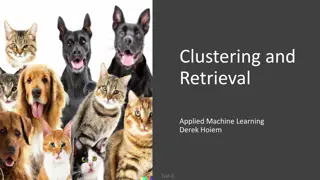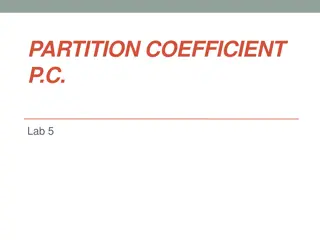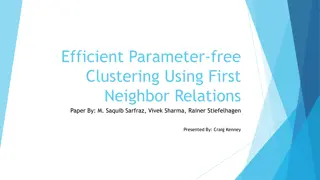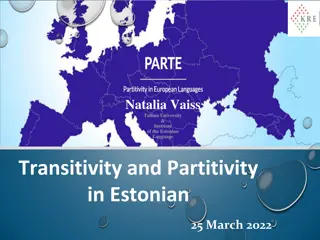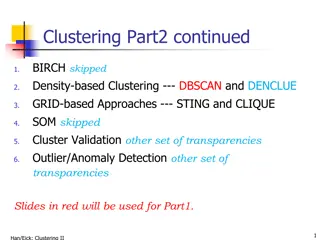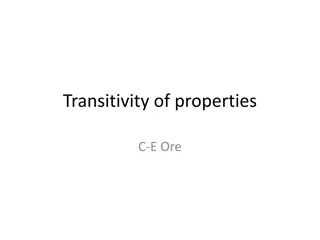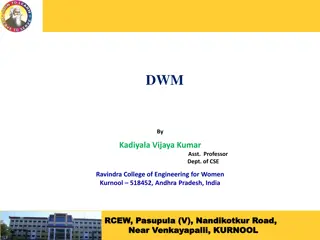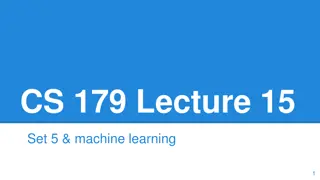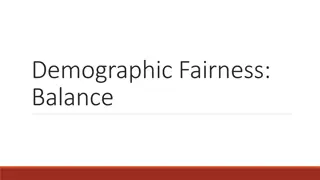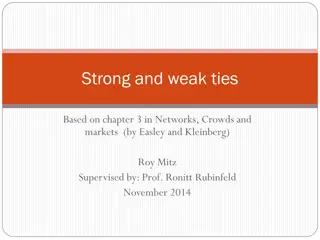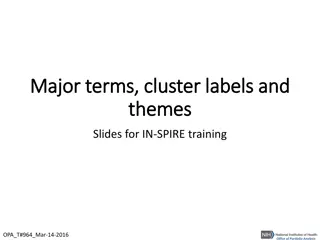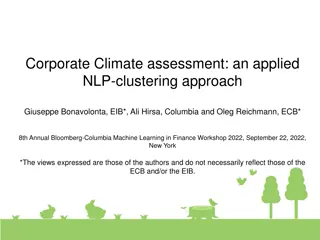Understanding Transitivity and Clustering Coefficient in Social Networks
Transitivity in math relations signifies a chain of connectedness where the friend of a friend might likely be one's friend, particularly in social network analysis. The clustering coefficient measures the likelihood of interconnected nodes and their relationships in a network, highlighting the structural patterns and information flow speed. Additionally, concepts like global clustering coefficient and reciprocity offer insights into the dynamics of network structures and interactions.
Download Presentation

Please find below an Image/Link to download the presentation.
The content on the website is provided AS IS for your information and personal use only. It may not be sold, licensed, or shared on other websites without obtaining consent from the author. Download presentation by click this link. If you encounter any issues during the download, it is possible that the publisher has removed the file from their server.
E N D
Presentation Transcript
Transitivity A math relation is transitive if a b and b c together imply a c . In common practice, a friend of my friend is also my friend. Perfect transitivity only occurs in a clique. Partial transitivity can be very useful, especially in social network analysis. The friend of my friend is not necessarily my friend, but is far more likely to be my friend than some randomly chosen member of the population.
Clustering coefficient A path of length 2: if u knows v and v knows w, then we have a path uvw of two edges. Closed triad (triangle): if u also knows w, then we have a closed loop of length three. Clustering coefficient C=1 implies perfect transitivity. C=0 implies no closed triad (e.g., trees or square lattices)
Clustering coefficient Each triangle gets counted six times (3!) for paths of length 2 Connected triples: paths uvw and wvu are counted as one connected triple.
Clustering coefficient of a random graph Consider a network with n persons, where each person has exactly c friends (edges). Suppose that friends are chosen at random. The probability that two of my friends are acquainted is c/n. Thus, the clustering coefficient is c/n. This could be very small when n is large. However, in real social network the clustering coefficient is much larger than that from a random graph. People do not pick their friends at random.
Local clustering coefficeint The (local) clustering coefficient for a vertex i The number of pairs of neighbors of i is Structural holes: the neighbors of a node are not connected to one another. Reduce the speed of information spread.
Redundancy The redundancy Riof a vertex i is the mean number of connections (edges) from a neighbor i to other neighbors of i. The total number of connections between friends (neighbors) of i is kiRi/2.
Global clustering coefficient by Watts and Strogatz This is not equivalent to the clustering coefficient defined before.
Reciprocity The frequency of loops of length two is measured by reciprocity. If there is a directed edge from vertex i to vertex j in a directed network and there is also an edge from vertex j to i, then we say the edge from i to j is reciprocated. Pairs of reciprocated edges are called co-links. The reciprocity r is defined as the fraction of edges that are reciprocated.



